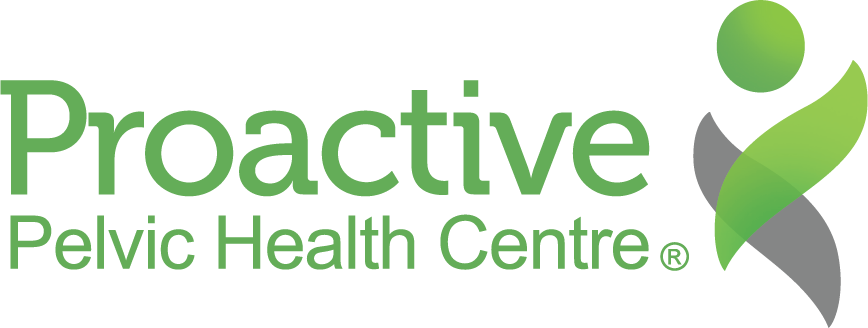November is Incontinence Awareness Month
By Angelique Montano-Bresolin, Reg. PT
Here is an excerpt from an article in Physiotherapy Today written by Physiotherapist, Nelly Faghani. She speaks to the prevalence of Incontinence and how Physiotherapy is integral to incontinence treatment.
‘There are over 3.3 million Canadians suffering from urinary incontinence (UI) with only 1 in 12 reporting their leakage to a health care provider. UI is an embarrassing and debilitating symptom that is becoming a major health concern for men and women of all ages with significant impact on quality of life. Due to embarrassment, many people suffer in silence without seeking help and therefore are unaware of the many evidence-based treatment options that are now availabe. Epidemiological studies and qualitiative data show that many individuals do not understand the meaning of the word “incontinence” and hence the condition is often under-reported. Patient surveys have also confirmed that it takes several years before incontinent women report the symptoms to a health care provider and/or get referred to the appropriate specialist. The reasons given were: thinking that the condition could not be treated, feeling embarrassed, and thinking that this is a “normal” part of ageing.
Incontinence may be the result of a disease process such as multiple sclerosis, diabetes, injuries from an accident, side effect of medications, surgery, or most commonly, from pelvic floor dysfunction. Female UI, which occurs in one out of four women, is more common with vaginal birth, advancing age and co-morbid medical conditions. Male UI, which occurs in one out of nine men, is more common after radical prostatectomy.
Incontinence is a common occurence after having a baby, but it should not be accepted. It represents a lack of normal functioning. Incontinence is not a normal part of the ageing process, but ageing may contribute to incontinence. For instance, the natural enlargement of the prostate gland as men age, or the loss of estrogen during menopause, can precipitate incontinence.
…In 1948, Dr. Arnold Kegel introduced women to the importance of strengthening their pelvic floors in the post-partum period. The Cochrane Collaboration (2010) reinforced the importance of pelvic floor muscle training (PFMT) by concluding that there is Level 1 Grade A evidence to support PFMT as the first-line of defense for women with UI. This evidence is based on training that occurs with internal palpation and instruction, and PFMT should occur before surgery is considered.
…Physiotherapists play an integral role in the treatment of incontinence…without palpating the pelvic floor muscles internally, physiotherapists cannot provide adequate training to the pelvic floor.’
Bottom line is, UI is quite common and can be treated conservatively with pelvic physiotherapy. There is help out there, so don’t continue to suffer is silence.


